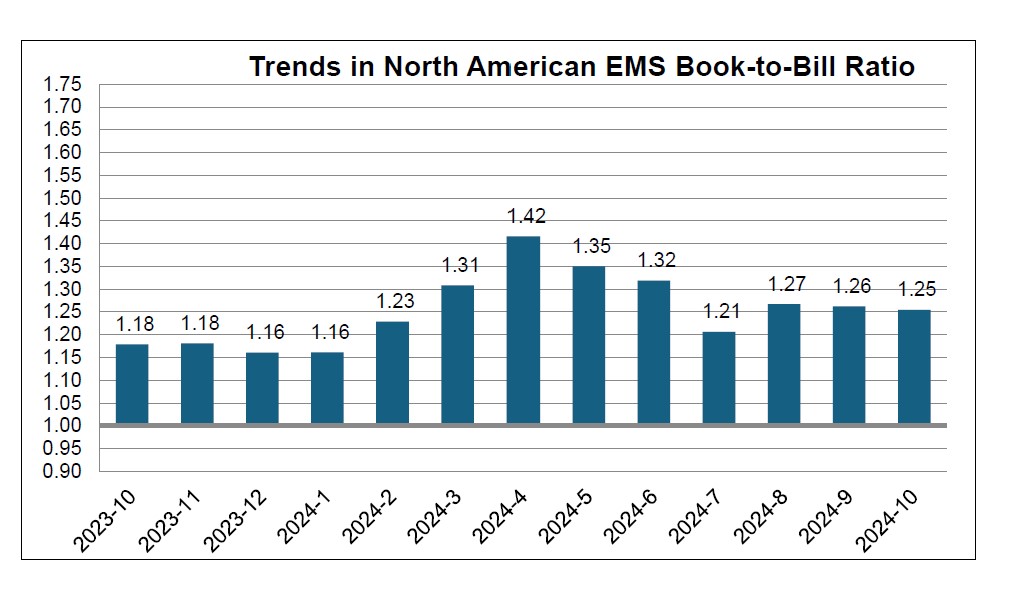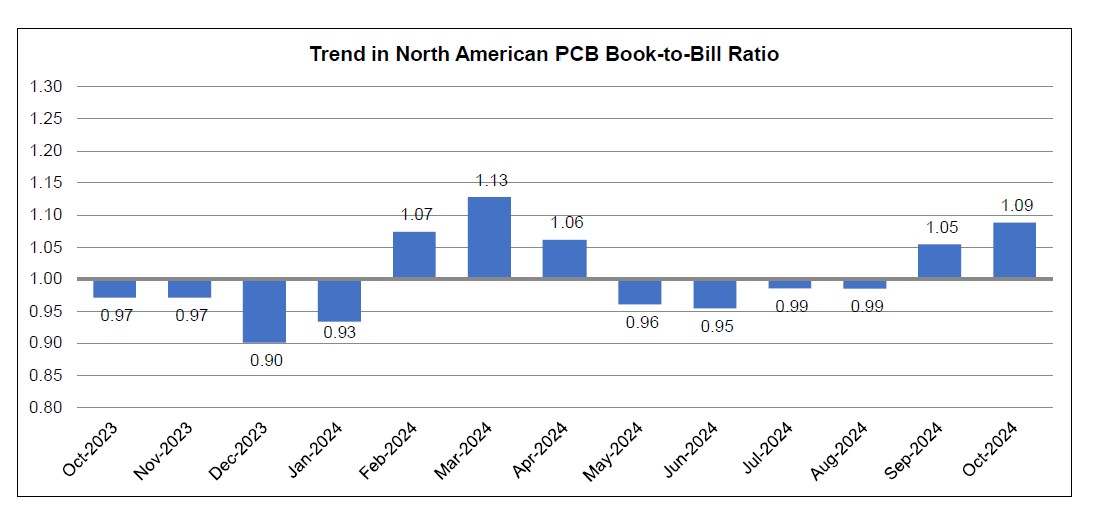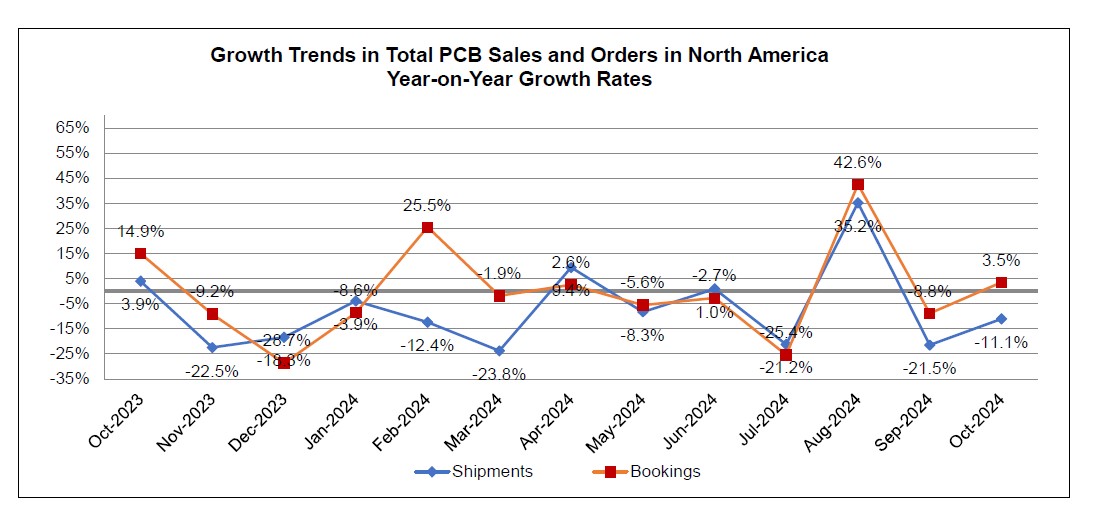CEN and CENELEC Host Workshops Starting in January on Digital Product Passports for PCBs
Two of Europe’s top standard-setting bodies, CEN and CENELEC, are organising an extended stakeholder dialogue in 2025, through a series of workshops, on the Digital Product Passports (DPPs) for Printed Circuit Boards (PCBs). The DPP, introduced under the European Commission’s Ecodesign for Sustainable Products Regulation (ESPR), will serve as a digital identity card for products, providing crucial details on sustainability, recyclability, and environmental impact. By enabling electronic access to this data, the DPP will help consumers, manufacturers, and authorities work together toward a more circular economy and eco-friendly practices across the EU.
The fact that PCBs are being considered at this early stage in the development of DPPs is a positive signal and a not-to-be-missed opportunity to advocate for fit-for-purpose DPP requirements for PCBs, which, once set, will pave the way for DPP requirements for the electronics industry at large. CEN and CENELEC recognise that the European economy is even more semiconductor-dependent and electronic companies depend on out-of-EU suppliers. PCBs are finally accounted for in key EU discussions, in this case the DPP, a highly political part of the EU’s circular economy framework.
The stakeholder dialogue convened by CEN and CENELEC will kick off with a first workshop on 20 January, followed by five workshop meetings and web conferences. Participants will develop a CEN Workshop Agreement (CWA) to establish a common view on how a DPP for PCBs should be structured and which data are essential to facilitate circular approaches in electronics. The process is led by Paolo Rosa, a post-doctoral researcher in the Manufacturing Group of Politecnico di Milano.
IPC’s Diana Radovan will attend the sessions on behalf of the electronics industry and everyone involved in PCB manufacturing is invited to participate. Other participants will include policy makers, OEMs, industry associations, consultancy experts, and standardization bodies. IPC welcomes the valuable input of its member companies and plans to support the consolidation of industry input.
Stakeholders interested in participating can register using this form by 10 January and submit it directly to Sarah KÖHLER, workshop secretary, at Sarah.koehler@din.de. Each organisation that wants to engage in the workshops should complete and submit this form individually.
IPC encourages comments on the draft Project Plan. Feedback can be submitted in two ways:
Fill in this template and email it to Sarah.koehler@din.de by 10 January; or
Contact IPC’s Diana Radovan at dianaradovan@ipc.org to be part or IPC’s working group on consolidated industry input.


